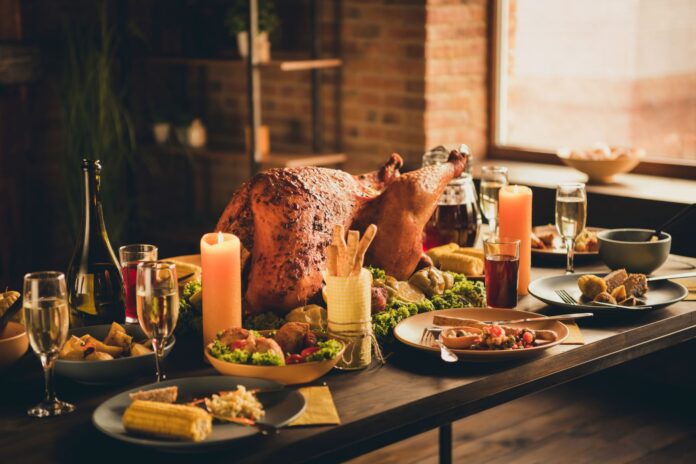By Amber Pankonin
It’s no secret that fall is my favorite season. I love the cooler temperatures, visits to the pumpkin patch and eating all my favorite comfort foods like turkey and mashed potatoes. However, this fall might present new challenges when it comes to your food budget. From spending more to managing food waste, I’m learning it’s important to make the most of every snack or meal. If you find yourself spending more on groceries these days, here are some things to keep in mind when shopping and how to make the most of leftovers this fall.
Shift your mindset
When I make my meal plan and grocery list for the week, I try to think about how I can extend meals so that I can make the most of my time in the kitchen. This might require a shift in thinking about leftovers as ingredients for other dishes instead of simply viewing them as leftovers. For example, let’s say on Monday night you plan to make grilled chicken with a side of roasted broccoli and brown rice. If you grill more chicken than needed, the leftovers could easily be stored and used on Wednesday or Thursday as in ingredient in chicken salad for lunch or shredded and used for quesadillas for supper. Brown rice can be mixed with black beans and salsa for an additional side or filling for burritos.
Don’t toss the sides
Did you know that the average family throws away $1500 each year due to food waste? If you’re like me, you might have good intentions when purchasing that head of cabbage or bell pepper, but maybe it got lost in the fridge before you had a chance to use it. If you find yourself with leftover produce such as roasted broccoli or cauliflower, there is no need to toss. Instead, try adding to scrambled eggs, quiche, casseroles or soups. Mashed potatoes can make a great base for potato soup, grains can be used in soups and casseroles and butternut squash can be used in sauces or even added to a harvest smoothie. Fresh produce can be enjoyed on items like pizza or tacos and fruit can be enjoyed over oatmeal, baked in a fruit crisp or used in salads. Salad kits might have a higher price tag, but if you tend to waste produce, this might be a good option for you especially if you know it’s something you will eat and won’t waste.
Get smart about storage
When storing leftovers, it’s important to store them the right way in order to prevent foodborne illness and maintain quality. You should always divide your leftovers into smaller portions and place them into shallow containers before you refrigerate or freeze. Never place hot food directly in the refrigerator as that could raise the overall temperature of your refrigerator. Instead, allow food to cool and then store at or below 40°F. Most leftovers can be stored in the refrigerator for 3-4 days, but should always be warmed to 165°F before eating in order to reduce risk of foodborne illness.

Amber Pankonin is a Registered Dietitian, Podcaster, and Culinary Student. You can find her recipes at Stirlist.com and listen to her podcast at HealthyUnderPressure.com.










